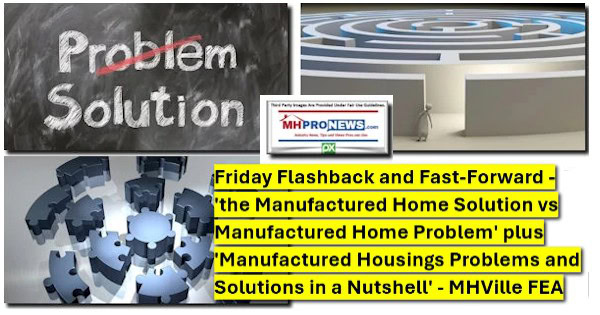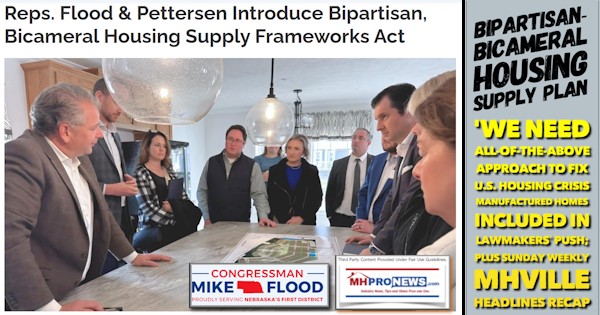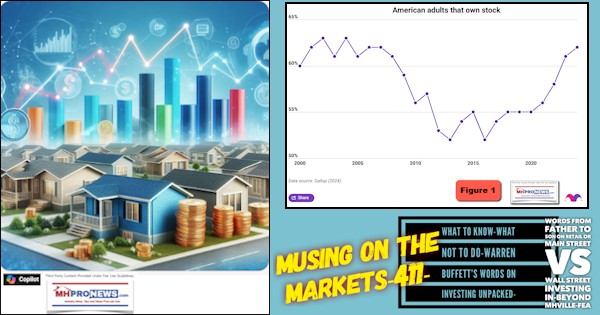
Numbers over neighborhood
CN tells MHProNews, “Benjamin Dulchin, executive director of the Association for Neighborhood and Housing Development (ANHD), recently said that he would not hold the administration accountable if it did not reach the goal of 200,000 affordable units (80,000 new; 120,000 preserved).”
“Moses Gates, director of planning and community development for ANHD, explains that, “The point is not this number is right, that number is right; if you don’t reach that number it’s bad. The number is not what we’re concerned with. What we’re concerned with is, at the end of the day, is New York City an affordable city to live in.”
Notice that hitting this goal of keeping/adding 200,000 housing units in a city with an estimated population in 2014 of some 8.4 million people shouldn’t be the measure of success? Then what is? Public posturing and feel good goals?
“Let’s Talk,” Commissioner Been is reported saying that a neighborhood by neighborhood approach is needed. Joe Restuccia – a member of Community Board 4 (CB4) who serves as executive director of the Clinton Housing Development Company (CHCD) – said,“We should all be consistent. I don’t think that volume is a measure of success as it has been. Quality, fit, how things are accepted, all these matter, and also knowing that a lot of these things must go through a public process.”
Welcome to the new world of New York “Let’s Talk” about affordable housing. How do the working class and poor benefit from nebulous goals whose own supporters cleverly say are not likely to be achieved?
During Mayor Michael Bloomberg’s administration, affordable inclusionary housing was voluntary for developers, but now it’s mandated. That means when a site is rezoned allowing a developer greater floor area, “…that new building must have a portion of low-to-moderate income, permanently affordable units.” CN explains.
Rent Control and Battling Vacancy DeControl
“The single biggest factor that affects our affordable housing stock, I think, is vacancy decontrol,” claims Sarah Desmond, executive director of Housing Conservation Coordinators (HCC). The rent control statues expire in June 15, 2015, and existing law allows a vacated unit to rise to market rate. Desmond states that “We’ve lost over 100,000 units, most of them through vacancy decontrol, happening now in Chelsea and Hell’s Kitchen. It’s a matter of time, but pretty soon it’s going to be happening through all parts of Brooklyn, then the Bronx, and Queens.”
CN says the state legislature will be looking at “…illegal hotels, such as Airbnb, which use what could be affordable housing units for short-term rentals. The New York State Attorney General’s office did an analysis of 497,322 transactions for stays between January 2010 and June 2014 and found that 72 percent of private short-term rentals — under 30 days when the host was not present — were illegal.”
To Solve the Affordable Housing Problem, You have to understand the Cause
What all of this fails to raise are basic questions like, what causes the construction of new affordable housing to vanish in the first place? The video below will suggest that when rent control goes in, it is no surprise that builder/developers start turning to housing for the wealthy, which has no rent control.
Isn’t it interference in the free market that creates distortions – so called unintended consequences – which in turn causes new legislation and regulations to try to correct what over-regulation caused in the first place?
There are huge opportunities in metro areas for factory builders, and the Boston Globe editorially went on record last summer calling on trade unions to allow factory builders to allow modular (or other) factory building methods to be used in city limits. HUD Code Manufactured Housing CityScapes and the modular Broadway Stack are two examples of ways that factory-home builders have served the needs found in urban areas of saving money and time while delivering quality.
The Masthead provided an OpEd on rent control and why this is an important issue to the development of more manufactured housing communities. That OpEd also suggests why rent control harms the very people it is designed to assist. The Manhattan Institute ‘s Nicole Gelinas rapidly outlines that in the video below.
Rent control or “rent justification” laws exists in over 40% of states in the U.S.. MHProNews will continue to inform readers why this and urban housing initiatives are important to the future growth and hundreds of billions of dollars in opportunities for factory home builders. ##
(Image Credit: Chelsea Now logo)
(Article by L. A. “Tony” Kovach.)

























